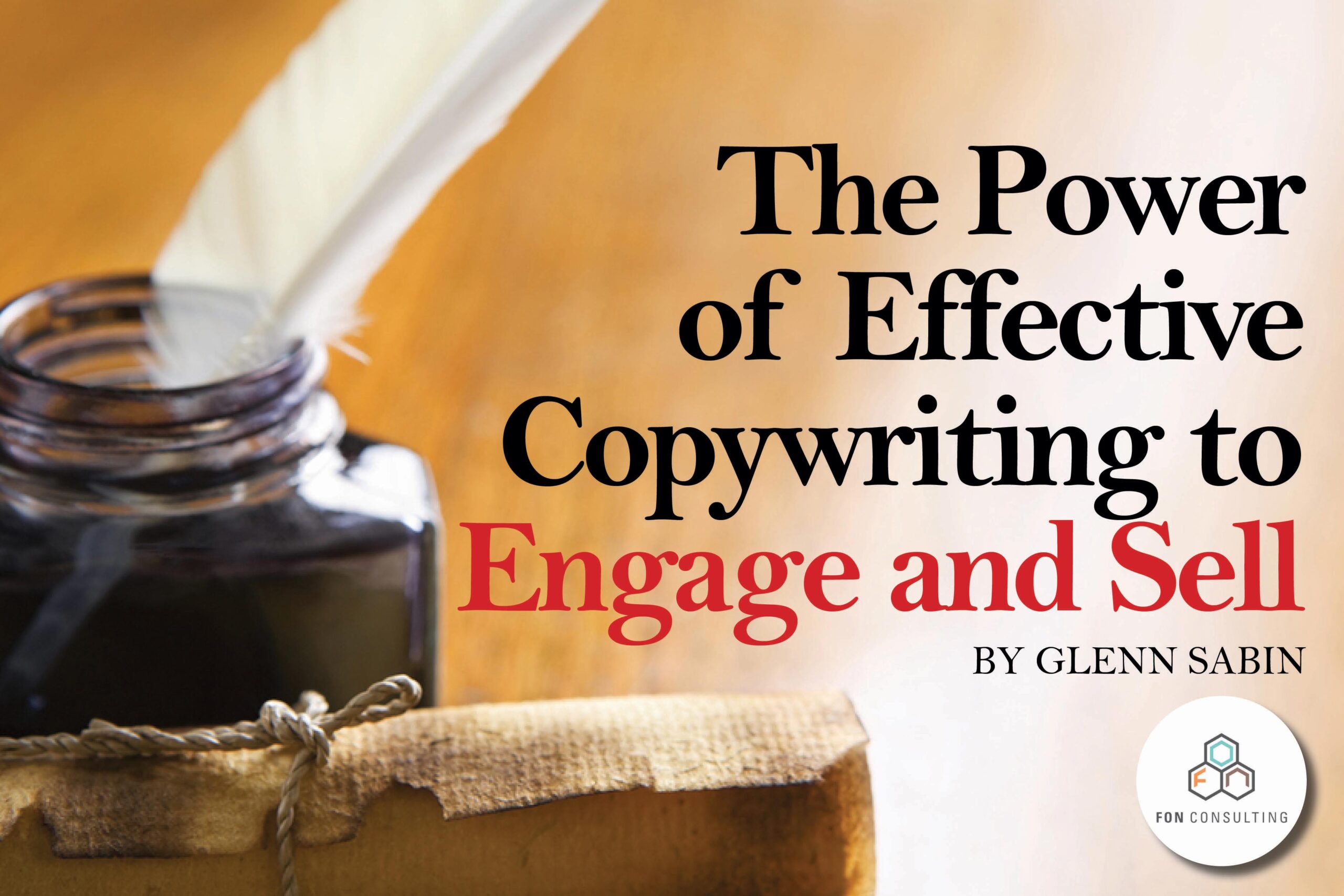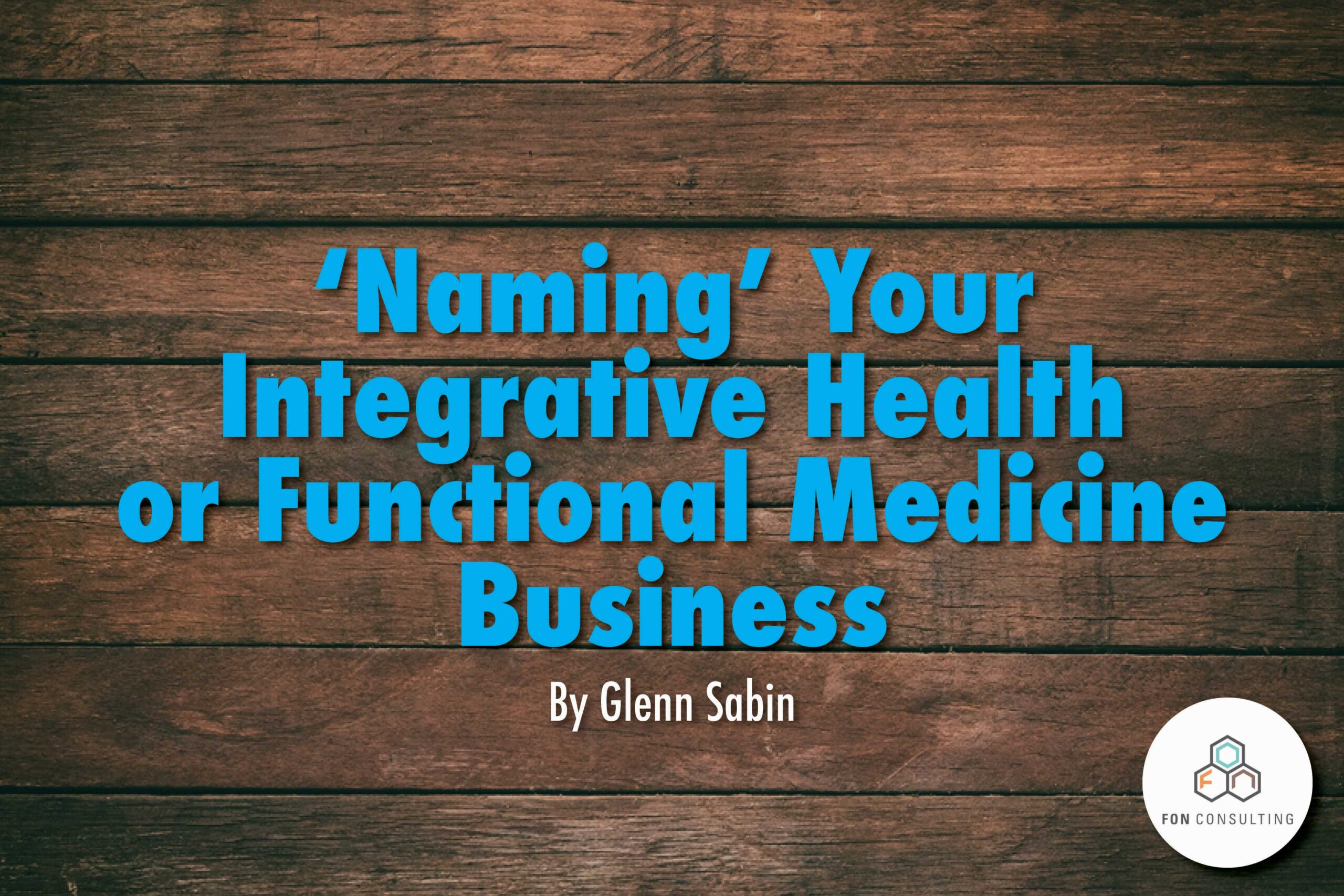Becoming an Integrative Health Thought Leader: Part 2—Branding + Platform
By Glenn Sabin

Glenn is on the faculty of Duke University’s Health and Well-Being Leadership Program, where he teaches a Thought Leadership Course. Learn more here.
This is the second installment of a 7-part series.
Read the entire series:
Part 1: Introduction
Part 2: Personal Branding + Platform
Part 3: Unique Positioning
Part 4: Content Strategy
Part 5: Media
Part 6: Monitoring + Promoting Your Brand
Part 7: Conclusion–Putting it all Together
When most people think about a brand, they think about a name and a logo. While these labels and graphics that establish your ‘look and feel’ are important, a personal brand—when thoughtfully developed—encompasses considerably more.
Your personal brand is who you are, representing your life, work, and purpose, therefore it ultimately influences all those around you—essentially your personal brand impacts how others feel.
The first step in determining what your ‘integrative health personal brand’ should embody is to honestly and thoroughly answer this set of 10 core questions:
- How do I define myself? (personally, professionally)
- Why do I matter? (professionally)
- What is my professional mission?
- What are my past professional accomplishments?
- What upsets me?
- What don’t I stand for?
- How did I get to where I am?
- What would I do if I KNEW I could not fail?
- How do I want others to describe me?
- What difference do I want to make?
Candid and comprehensive answers to these often tough questions will positively inform the development of, and ultimate positioning of, your unique personal brand.
Elements of a Personal Brand and Platform
You may be associated with a private clinic, academic center, integrative healthcare business, or another type of corporate health and wellness enterprise. As such, your identity is attached to your organization as a clinician, administrator, investigator, or executive.
Though you may be part of the ‘about us’ section, or have a bio on the website of the respective organization with which you are associated, this is rarely significant enough to adequately capture the essence of your core personal brand.
Even when combined with a skillfully-crafted and well-connected LinkedIn profile—and additional social network profiles—you essentially create a set of scattered biographies without a personal and unified branded ‘home’; no unique look and feel to call your own.
The essential elements of your personal brand and online platform are:
1. Brand Message and Promise
This is paramount and sets all else in motion from the standpoint of mission and vision. Core brand messaging is art that is best handled by intelligent and experienced copywriters and content strategists. The good news is that authentic, thorough answers to the 10 personal brand questions (above) will be key to pulling all the ‘right stuff’ together.
2. Brand Mark (logo), Name, Aesthetic
This is your personal brand, not your clinic or other type of business. Though your personal brand may connect to another business interest, or to an extension of your work as an employee or contractor, it is necessary to use your personal name as the core brand. There may also be instances where it makes sense to combine your name to your niche—as in ‘Joe Smith Diabetes Challenge’ —but as a general rule your complete name is your personal brand.
Enjoying this article? Subscribe and get our latest, delivered straight to your inbox.
Invest in a quality brand mark, your logo, conceived through process—by a creative brief—to determine the most appropriate approach to your brand elements and aesthetic—typography, graphics and color palette. The look and feel of your brand mark will inform the design of your website and all collateral associated with your personal brand.
You can take your chance with crowd-sourced design companies like 99 Designs, Fiverr, or designContest, but as a general rule I recommend that you invest a fair sum—up to a couple thousand dollars—to establish a professional, high quality, appealing brand aesthetic.
3. Modern Website
Once your brand messaging and graphical brand elements are in place, and only then, you will want to begin the process of identifying a high quality company or incredibly talented individual to create a modern website featuring responsive design (a site that displays and communicates flawlessly on any size screen and device). Look for a company that employs top designers with current programming skills and, critically, is on top of digital marketing and sales funnel best practices.
You have one name, one reputation; approach your website development with a high level of integrity to convey you are serious about your mission and where you are headed.
4. Images and Primary Avatar
Still using the same tired, boring headshot on LinkedIn and company website? You know, the one from 2006? Now is the time to arrange an actual photo session that captures your essence—in work and at play.
Capture your professional, business-attire persona with a tight headshot. This will become your primary avatar that you should consistently apply across all your professional and social profiles. Provide this same image to organizations promoting your talks, and for guest blog and article writing.
Now go further by engaging a talented photographer to capture images that convey your lifestyle and personal brand. The larger the range of setting, the more information you’ll have to provide your web designer, therefore inspiring the best imagery to engage your target community.
5. Digital Marketing Strategy
I’ve touched on this under ‘website’, as it’s important that your website designer and programmer understands digital marketing. But it’s critical to work with a content messaging strategist to nail each call-to-action (CTAs) to achieve your top priorities. There are specific actions you want people to take when they visit your website. These actions may include downloading a piece of content, joining your forum, signing up to a list, hiring you to speak, purchasing a book or program, or booking a consultation. You may be a talented writer, but persuasive copywriting, crafted with concision, is an art form that takes considerable skill and understanding of how to pull readers through content to the desired call to action.
6. Content Strategy
Thought leadership is largely comprised of writing and speaking—and in the case of medicine—research. Part 5 in this series discusses the various types of content you’ll need in order to engage and grow a significant community comprised of your target buyer or influencer persona.
7. Consistency
Your authentic voice, brand elements (typography, logo, color palette) and content must be carefully developed and applied across every aspect of your personal brand. From your website and collateral to PowerPoint slides, blogs, and social profiles, you need to get it right. But let’s not confuse uniformity with inflexibility. There will be times when pivoting—a departure from your consistently delivered ‘brand norm’—is appropriate.
These core personal brand elements and recommendations allow for proper platform creation. Only through consistent innovation will you be positioned and armed to build a community of buyers and/or influencers who will choose to engage and follow you as a key opinion leader—an integrative health thought leader.
About FON
FON creates thought leadership and personal branding strategy for those aspiring to differentiate and hone their message, and propagate their integrative health mission. Contact us today to schedule a call or Skype to learn how FON can help you achieve your professional goals.

Read Glenn’s story.





















